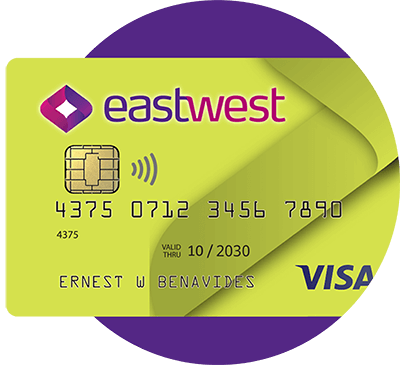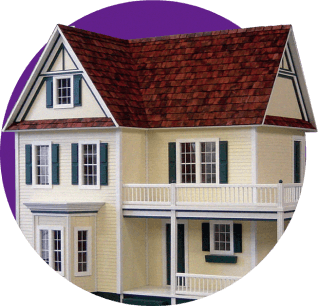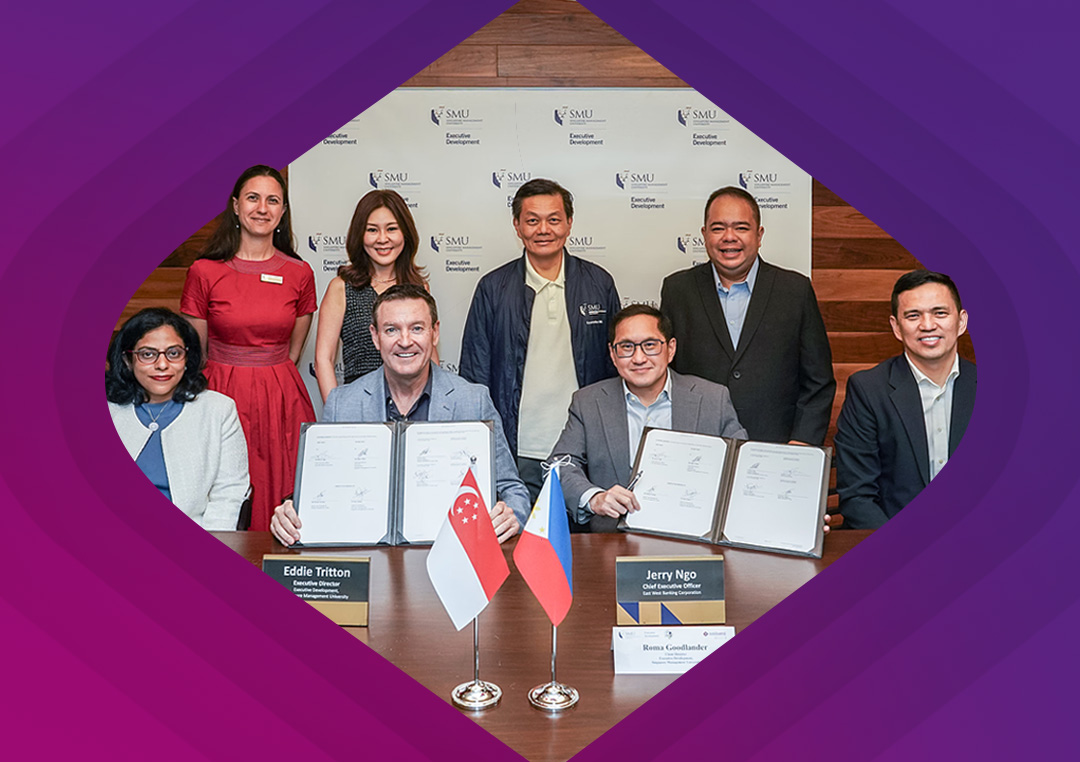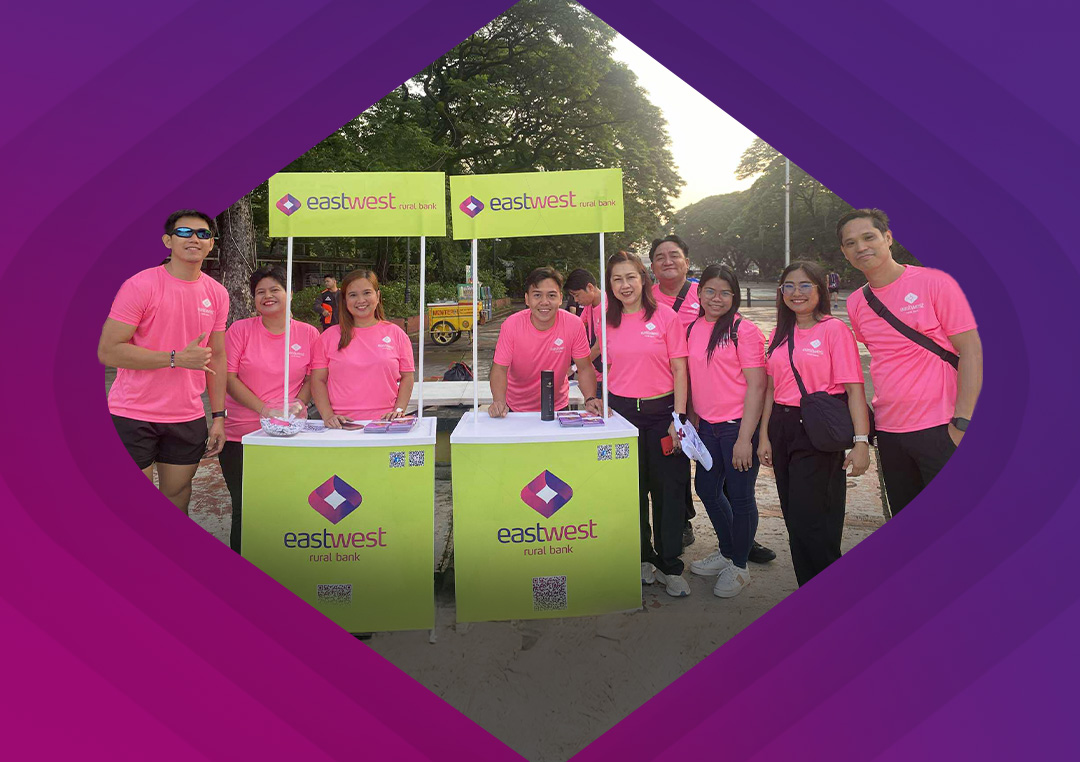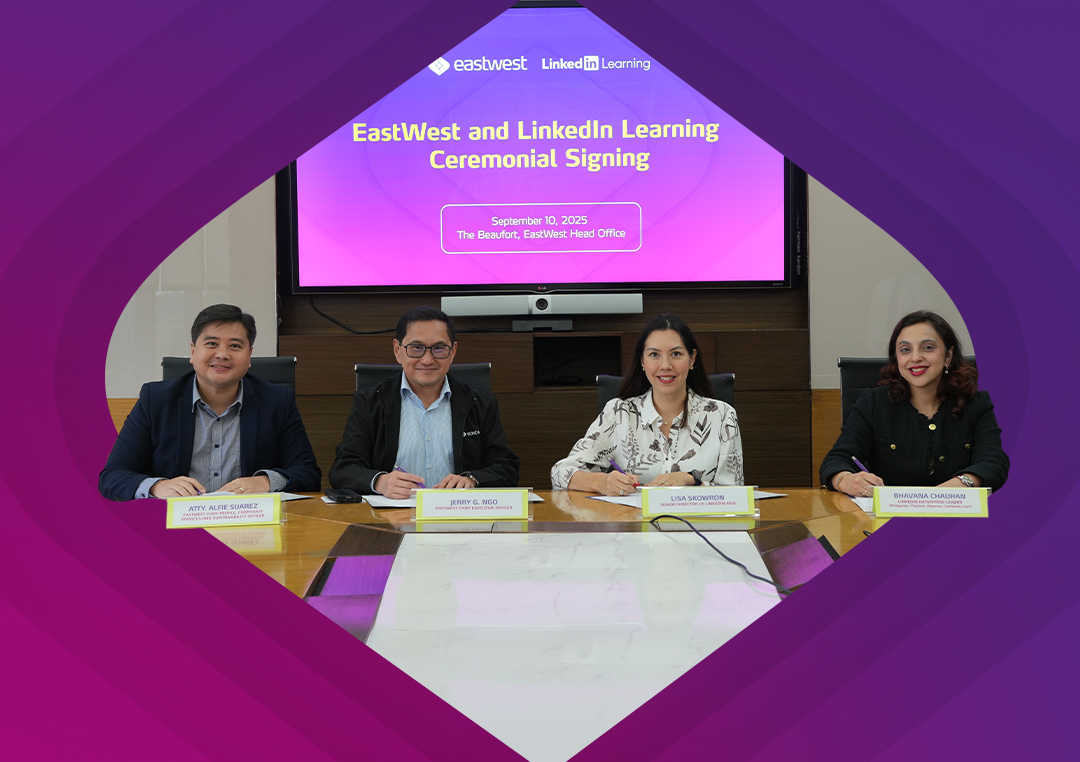EastWest Net Income up 28% to ₱5.9 billion in 9 months of 2020
Gotianun-led EastWest Bank (EW) posted a 28% increase in Net Income to ₱5.9 billion in the first 9 months of the year from last year’s ₱4.6 billion. EastWest reported that this was due to higher Net Interest Margins and higher Trading Gains. Its annualized Return on Equity was at 15.1%.
The Bank further reported that its Net Revenues rose by 27% to ₱26.7 billion from the previous year. Net Interest Income which accounts for 75% of its revenues, was at ₱20.1 billion, 33% higher than 2019, mostly due to lower funding costs. The Bank sustained its industry leading margins, with Net Interest Margin at 8.3%. Non-interest Income, on the other hand, increased by 13% to ₱6.6 billion mostly accounted for by the three-fold increase in fixed income securities Trading Gains. Fees and Commissions were 25% lower at ₱3.0 billion due to the general slowdown in business activities as a result of the lockdowns, the Bayanihan Act, and assistance to customers.
Meanwhile, Operating Expenses, excluding Provisions for Losses, decreased by 3% to ₱12.0 billion. Cost-to-income ratio improved to 45% from last year’s 59%. The Bank continued to book higher Loan Loss Provisions, with ₱2.2 billion for the third quarter. Total provisions for the 9-month period is ₱7.7 billion, 3-times more than the previous year. The Bank said a significant part of the provisions are pre-emptive in nature to anticipate the cashflow impact to households and businesses of the virus-induced disruptions.
“We now revise our net income estimate for the year to at least ₱7.0 billion. While we expect Net Interest Margins to hold and income before Loan Loss Provisions to trend higher, there are still epidemiological uncertainties from the virus and its full economic impact is still playing out. While we certainly hope that we can soon return to normal life, we want to be prepared to increase provisions for losses as the pandemic damage unfold and ensure the continued resilience of our balance sheet”, EW CEO Tony Moncupa said.
EastWest’s Total Assets stood at ₱403.7 billion, 4% higher than the previous year. Loans were down 6% to ₱246.5 billion, mostly due to contractual maturities and lower working capital requirements of corporate loan borrowers. Total maturities were about ₱10.0 billion. Deposits on the other hand increased by 11% to ₱324.3 billion, with low cost CASA increasing by 26% to ₱211.5 billion. The CASA ratio improved to 65%, from the previous year’s 58%. The higher income resulted in better capital ratios, with Capital Adequacy Ratio (CAR) and Common Equity Tier 1 (CET1) ratio at 13.5% and 12.3% respectively from 13.0% and 10.4% in the previous year.



